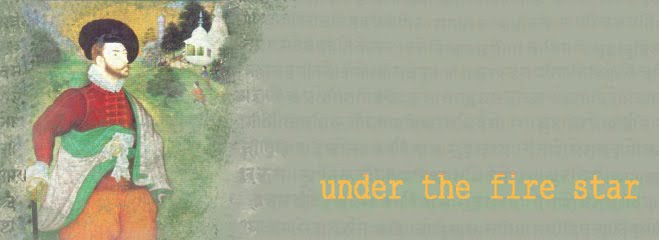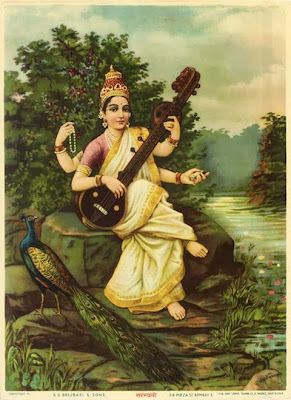
Brodie Castle - #
From The Garden Houses of Adyar:
A 'garden house' for the uninitiated is a mansion belonging to that age when Madras offered everyone who could afford it acres of space. An East India Company official or a British free merchant could pick up these acres from the Government for next to nothing and on it he'd build a large house surrounded by gardens and tree cover. The greenery all around the building ensured total privacy, anyone wanting to get a peep of the house having to walk hundreds of yards to do so. Most of these houses took their names from their builders, and many of these names survive today as house, area or road names.
Perhaps the oldest survivor today is Moubray's Gardens, now home of the Madras Club. ...This house was the first garden house in Adyar.
A couple of years younger and also on the Adyar bank is Brodie Castle, built between 1796 and 1798 off Greenway's Road. James Brodie was an East India Company civil servant who got an 11-acre grant to build his mansion. But he enjoyed it for all too short a while; he fell on hard times and rented it out to Government, several judges occupying it over the years till, in recent times, it became the College of Carnatic Music who renamed the building Thenral. A white, towered and turreted building, it's not in the best of shape today but it still catches your attention. As for Brodie, he was drowned in his beloved Adyar River in 1801, some say in a boating accident, others say suicide. Whatever the cause, the family sold the 'castle' to the Government and it has been Government property ever since.

Inside Brodie Castle (photo by me)
-- this woman worked as a cleaner at the College
The principal European quarters are in the west and south of the fringe, in Egmore, Chetpat, Kilpauk, Nangambaukam, Teynampet, and in the strip of land on the north bank of the Adyar river. Here are the fine houses built by the merchant princes and the servants of John Company at the end of the eighteenth and the beginning of the nineteenth century, when officials were still allowed to trade. Many, such as Brodie Castle, Doveton House, Gambier's Gardens, still bear the names of the authors of their being. All of these are built of brick cased with shell-lime plaster (chunam), and are designed on very generous lines. The zananas attached to some of them bear witness to the social customs of the period.I don't know whether Brodie Castle has a zanana -- women's quarters. A number of the early British settlers married or had arrangements with one or more Indian ladies, before the memsahibs and missionaries arrived and spoiled their fun.











 Every year, Dakshinayanam (Sun's progress south of the Equator) begins in the Tamil month of Adi and Uttarayanam (Sun's progress north of the Equator) begins in the Tamil month of Thai (mid-January).
Every year, Dakshinayanam (Sun's progress south of the Equator) begins in the Tamil month of Adi and Uttarayanam (Sun's progress north of the Equator) begins in the Tamil month of Thai (mid-January).















